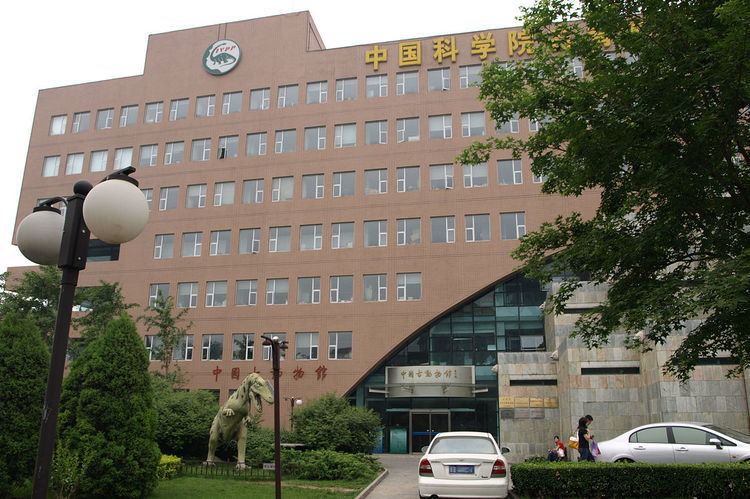Phone +86 10 8836 9280 | ||
 | ||
Hours Closed now Tuesday9AM–4:30PMWednesday9AM–4:30PMThursday9AM–4:30PMFriday9AM–4:30PMSaturday9AM–4:30PMSunday9AM–4:30PMMondayClosedSuggest an edit Similar Institute of Vertebrate Paleontol, Heyuan Museum, Geological Museum of China, Beijing Museum of Natural H, Beijing Planetarium | ||
The Paleozoological Museum of China (PMC; Chinese: 中国古动物馆) is a museum in Beijing, China. The same building also houses the Institute of Vertebrate Paleontology and Paleoanthropology (affiliated with the Chinese Academy of Sciences). The museum containing exhibition halls with specimens aimed at the public, while the rest of the building is used for research purposes.
Contents
Paleozoological museum of china beijing china 1
Building
The main building consists of three floors, with the first floor devoted primarily to fishes and amphibians, with reptiles and birds represented on the second floor, and mammals (including examples of megafauna like Stegodon) on the third floor. Many of the fossil specimens on display are of extinct animals examples of which have only been found within the boundaries of modern-day China, such as Sinokannemeyeria. It also has several examples of the evolutionary precursors to birds, including specimens of Confuciusornis and Microraptor, found on field expeditions to Liaoning. An adjoining gallery to the main floor looks at the origins of man, including information on Peking Man (an example of Homo erectus), discovered in nearby Zhoukoudian (Choukoutien) during excavations in 1923-27. It also contains a number of stone tools used by paleolithic peoples, and examples of other, later fossil skulls from early homonids who once inhabited the area.
Collection
The collection is significant as it contains many holotypes that were used in scientific journals to describe a number of ancient extinct lines of creatures unique to China. It has an active research facility, and its personnel include the famed Chinese paleontologist Xu Xing, who has named and described many dinosaurs and other fossil animals, some examples of which are on display at the museum.
